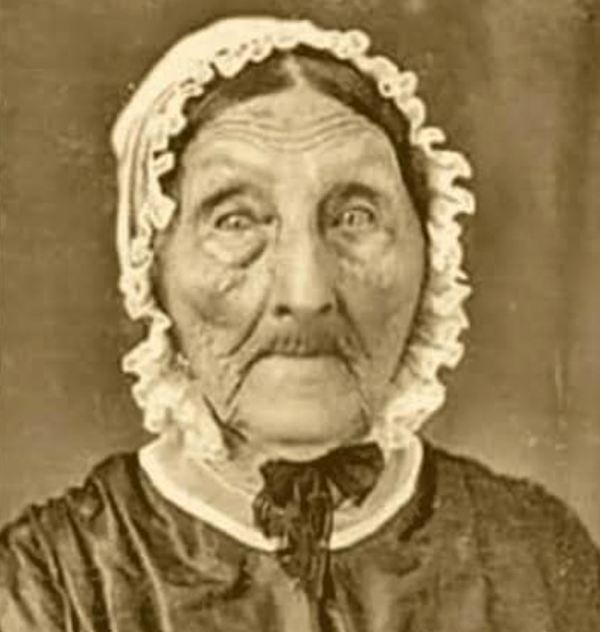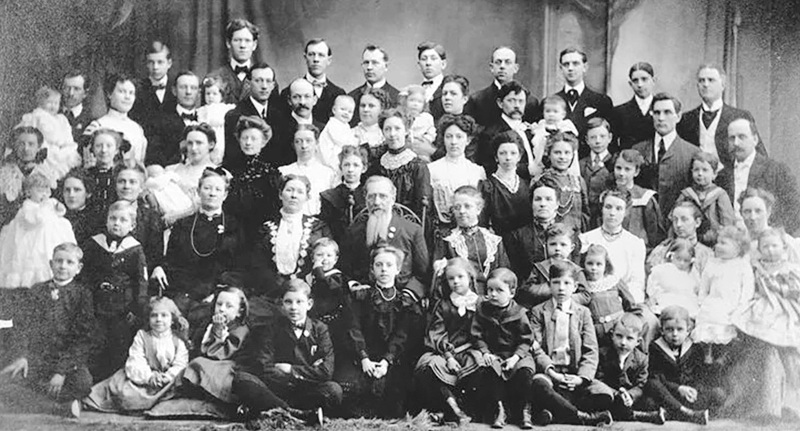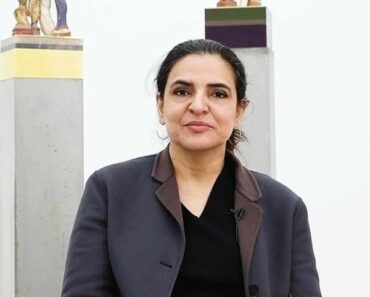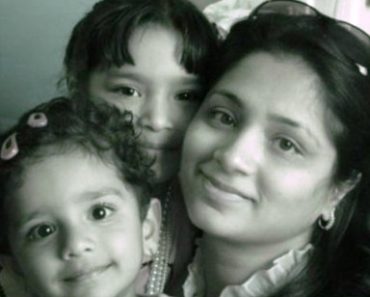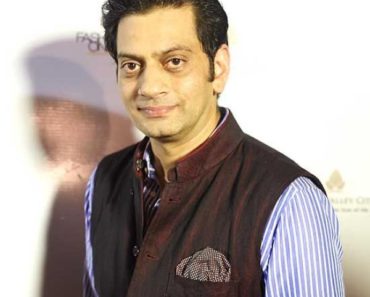Valentina Vassilyev (1707-1782) was a Russian woman who is known for being the world’s most fertile woman. She holds the record for most children born to a single woman in the Guinness Book of World Records with 69 children (16 pairs of twins, 7 sets of triplets, and 4 sets of quadruplets). While 67 of them survived, a set of twins died in infancy.
Contents
Wiki/Biography
Valentina Vassilyev was born in 1707 (age 76 years; at the time of death) in Shuya, Ivanovo Oblast, Tsardom of Russia. She was a peasant.
Family
Parents & Siblings
Not much is known about her family.
Husband & Children
Valentina Vassilyev’s husband, Feodor Vassilyev, was a peasant of Government of Moscow. The 18th-century couple parented 69 children between 1725 and 1765. She effectively gave birth 27 times to deliver 16 pairs of twins, 7 sets of triplets, and 4 sets of quadruplets. Remarkably, 67 of them survived while one set of twins died in infancy, considering the historical context and her limited access to advanced medical assistance due to her peasant status. Probably, Valentina experienced pregnancies lasting 37 weeks for the twins, 32 weeks for the triplets, and 30 weeks for the quadruplets. However, their names, dates of birth, and dates of death are all unknown. The case was reported by the Monastery of Nikolskiy on February 27, 1782, and is featured in The Guinness Book of World Records 1998. [1]The Guinness Book of World Records 1998 – Google Books
Feodor Vassilyev’s Second Marriage
Reportedly, Vassilyev is said to have had an additional 18 children through eight pregnancies with his second spouse – six pairs of twins and two sets of triplets. This would make his overall count of offspring 87. Although the accuracy of this assertion is questionable due to the lack of well-maintained records during that period, The Gentleman’s Magazine (Vol. 53 p. 753, London, 1783) affirms it. [2]The Gentleman’s Magazine (Vol. 53 p. 753, London, 1783) – Google Books
Reliability of the Record
Although the Guinness Book of World Records embraced Feodor and Valentina’s story, many, especially those within the medical community, consider the tale to be a mere legend. They find it difficult to conceive that such an occurrence could have taken place in 18th-century Russia. However, certain records exist from February 1782 which were forwarded by the Nikolskiy Monastery to Moscow detailing that Feodor had a total of 82 surviving offspring from two marriages. The first published account about Feodor Vassilyev’s children appeared in a 1783 issue of The Gentleman’s Magazine (Vol. 53 p. 753, London, 1783). [3]The Gentleman’s Magazine (Vol. 53 p. 753, London, 1783) – Google Books In the magazine, Feodor Vassilyev was referred to as Feodor Waffilief. It read,
In an instance of this kind in England, I think, though much inferior to this, the doubt was, whether the extraordinary fecundity was owing to the man singly, or woman, or both jointly: the death of the first wife, and the fruitfulness of the second, was thought to go a good way in determining the question in favour of the man… however astonishing, may be depended upon, as it came directly from an English merchant at St. Petersburg to his relation in England, who added, that the peasant was to be introduced to the Empress. A few such subjects would remove the great defect of the population in her extensive do- minions.”
The same information was also given in Ivan Nikitich Boltin’s 1788 commentary on Russian history and in an 1834 book by Alexander Pavlovich Bashutskiy, Saint Petersburg Panorama. Numerous sources that have been published express scepticism regarding the accuracy of these statements. In a 1933 Biometrika article by Julia Bell, it is mentioned that a 1790 book titled “Statistische Schilderung von Rußland” by B. F. J. Hermann did indeed include statements about Feodor Vassilyev’s children, but these statements were provided “with caution.” Additionally, Bell points out that The Lancet reported on this case in an 1878 article focusing on twin studies. According to The Lancet article, the French Academy of Sciences attempted to validate the claims about Vassilyev’s children. They sought advice from “M. Khanikoff of the Imperial Academy of St Petersburg” on how to proceed, but were advised that further investigation was unnecessary. This was because members of the Vassilyev family were still residing in Moscow and had received government favours. Bell concludes that the credibility of Vassilyev’s case is questionable. [4]The Lancet Similarly, Marie Clay from the University of Auckland, in her 1989 book “Quadruplets and Higher Multiple Births,” laments that the lack of proper investigation at the time has, in hindsight, severely hindered our ability to accurately establish the true details of this remarkable case. [5]Quadruplets and Higher Multiple Births – Google Books
Death
At the age of 76 years, Valentina Vassilyev died in Shuya, Russia in 1782.

